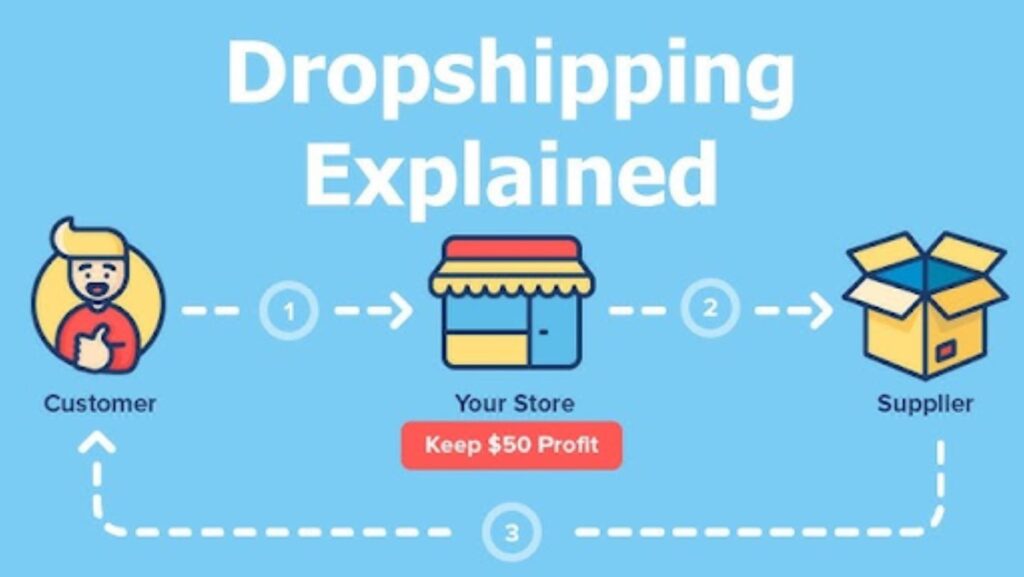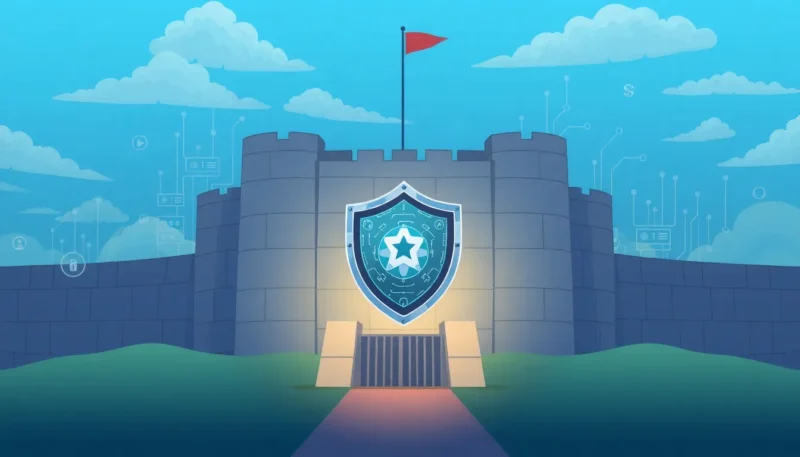
Modern technologies have caused changes in various sectors of the economy, making it possible to combine several ways of doing business at the same time. Therefore, it has become possible to make a profit in non-classical ways. For example, to do dropshipping. The specialists of the company that provides ecommerce development services talk about its pros and cons, and the difference from classic sales.
Dropshipping – in more detail
Dropshipping is a business model in which the seller, in fact, is simply an intermediary, a kind of bridge between the manufacturer and the consumer.

Characteristics:
● lack of goods in a specific online store;
● the platform simply accepts orders;
● the goods are shipped by their manufacturer, not the store owner.
In case of any problems with the ordered product, the buyer must contact its manufacturer. The intermediary is not responsible for its quality, but receives a fee for their services.
Why choose this business model?
Pros | Cons |
| ● minimal start-up investment; no need to purchase goods, rent a warehouse;● no need to deliver goods and be responsible for their quality, bear warranty obligations;● flexibility in choosing goods;● the ability to work from anywhere in the world. ● low profit – the owner works for a small percentage and depends on the integrity of suppliers; | ● low profit – the owner works for a small percentage and depends on the integrity of suppliers;● dependence on the availability of goods in the supplier’s warehouse;● no control over the speed of order delivery;● the risk of working with unscrupulous suppliers. |
If you are professionally engaged in marketing and sales, want to work remotely or already work remotely, then choose this business model. But if you want to be a real owner of “factories, newspapers and steamships” and be responsible for the quality of the product that you offer to customers, then consider the classic business and sales models.
Classic sales model: who it suits, pros and cons
In the classic sales model, the entrepreneur purchases goods in advance, stores them in a warehouse, possibly refines them or creates a new product. He has his own logistics service, he himself is engaged in customer service.
Pros and cons of the traditional approach
Pros | Cons |
| ● the entrepreneur is the owner of the goods;● high control over the quality of the goods, packaging and delivery speed;● own warehouse, logistics system;● the goods have already been manufactured, a higher level of trust from the buyer;● the ability to set the price independently, get a significant profit; | ● significant investments are required in the purchase and storage of goods;● the need to manage the warehouse, logistics and returns, communication with customers;● risks associated with unsold goods (leftovers, seasonality, fashion);● often the impossibility of combining with other activities (hired work). |
Traditional ways of cooperation with the client are suitable for owners and manufacturers of unique products who want not only to earn money, but also to create a brand.

What to choose – classic sales or dropshipping – each future businessman decides for himself. It depends on the starting capital, level of control, scaling speed and business goals.










